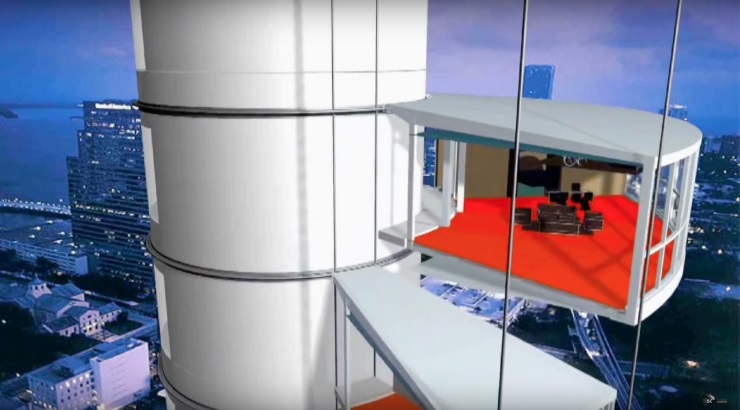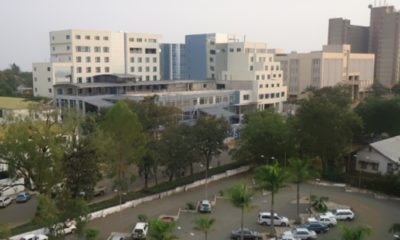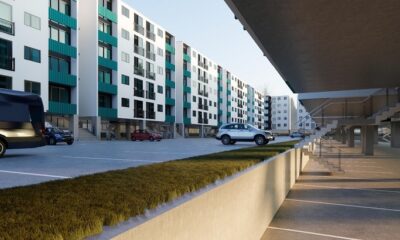Project News
Long wait for Dynamic Tower, the world’s first rotating skyscraper
The project has been in the pipeline since 2008.

Construction is yet to begin on Dynamic Tower – the much-hyped rotating tower in Dubai – more than a decade after the project was publicised, with only a model of the architectural marvel publicly available.
Celebrated architect David Fisher of London-based Dynamic Architecture Group had in 2008 announced that his company was finalising plans to set up a rotating skyscraper in Dubai, which would become the second tallest building in the United Arab Emirates.
Christened Dynamic Tower Hotel, the 1,273ft building expected to cost Dh2 billion ($545 million) was to include 80 floors, each capable of moving independently, with the ability to fully rotate in three hours.
It was hoped the Dubai Dynamic Tower would be complete before 2020. However, 13 years later, construction has not started and there has been no confirmation of the building site.
Fisher, who is known for making eccentric designs, had earlier disclosed that the idea for the tower struck him in the late 1990s while staring out of the Olympic Tower in New York.
“I noticed that from a certain spot you could see the East River and the Hudson River, both sides of Manhattan,” he said on Dynamic Architecture’s website.
“That is when I thought to myself: ‘Why don’t we rotate the entire floor? That way, everybody can see both the East River and the Hudson River, as well as Saint Patrick’s Cathedral!'”
According to the architectural plan, the world’s first rotating tower will incorporate apartments and hotel rooms, with floors attached to a central support. Voice-activation technology will allow residents to spin their apartments by just speaking to the building.
Renewable energy
The skyscraper will be fitted with up to 79 wind turbines – placed horizontally between the floors – and solar panels on the roof to produce electricity to power the movement of each floor as it rotates.
A special elevator will be built inside the central concrete core to enable residents to carry their cars to their respective floor and park them next to their apartments.
The price of an individual apartment is expected to range from $4 million to $40 million.
Another first for the building, its floors will be prefabricated and assembled at a factory and later shipped over to the site for fixing – with each floor taking six days to be completed.
Fisher hopes the Dynamic Tower will change the way architects think about their jobs.
“An architect should design buildings that adjust to life,” he said.
“They should adapt to our space, our functionalities and our needs that change continuously — and even to our sense of beauty, itself in continuous motion.”
With the rise of Internet of Things (IoT), the Dynamic Tower will incorporate smart technologies that enable the temperature of the skyscraper to be controlled more efficiently.
In 2012, Dynamic Group announced they will move the project to London due to ‘financial concerns and other factors’.
“We are now close to starting construction on the first building in motion in London, which will become a world landmark,” the developer said in an email sent to investors.
This is yet to happen.












